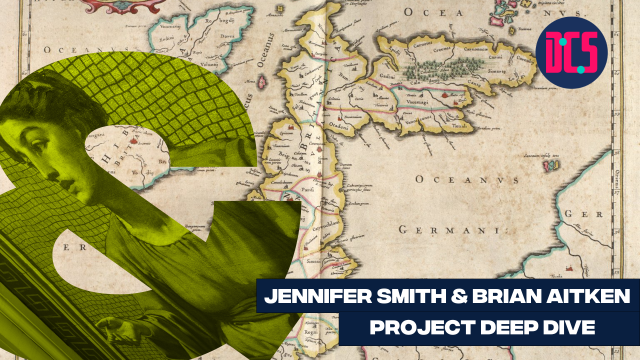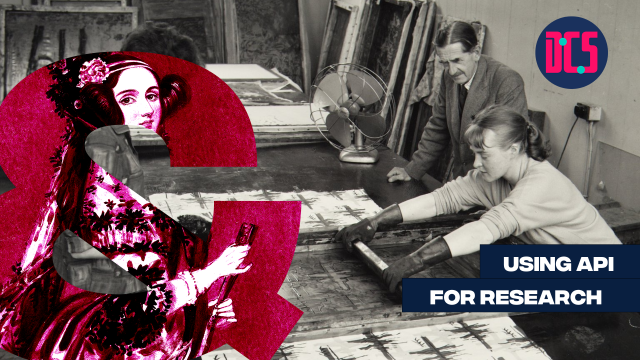Introduction to Databases with SQLite
Managing data has become increasingly important in the Humanities and Social Sciences. Databases provide a powerful tool to allow for the storage, structuring and analysis of large amounts of data. In this workshop we will use SQLite, a flexible open-source database, to learn some of the basic concepts of database design and usage.
In this workshop you will learn:
Basic database design
Importing and exporting data
Querying datasets
Analysing your data
Due to high demand for our training events, our cancellation and no-show policy applies to bookings for this event. Click here for details of this policy.












